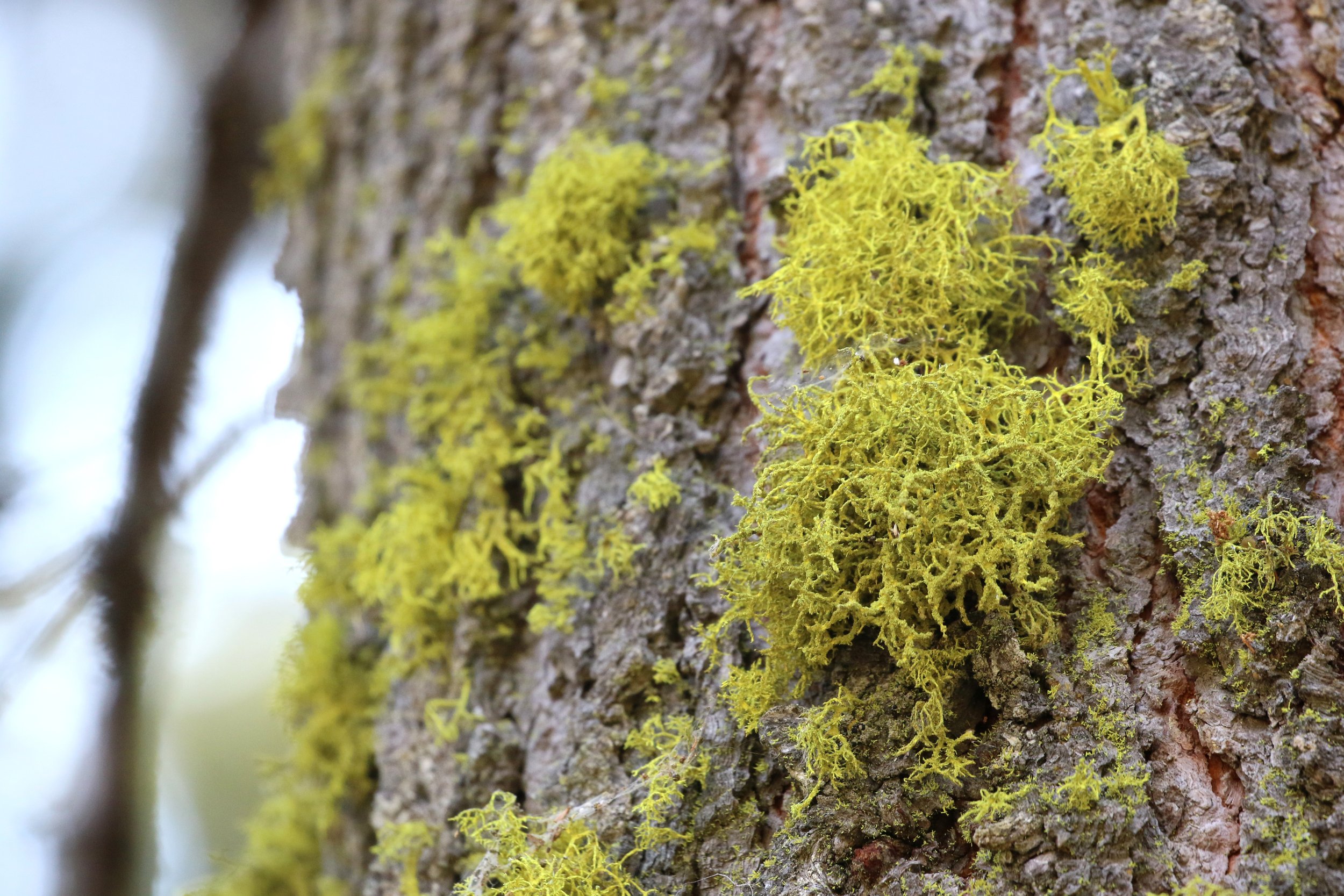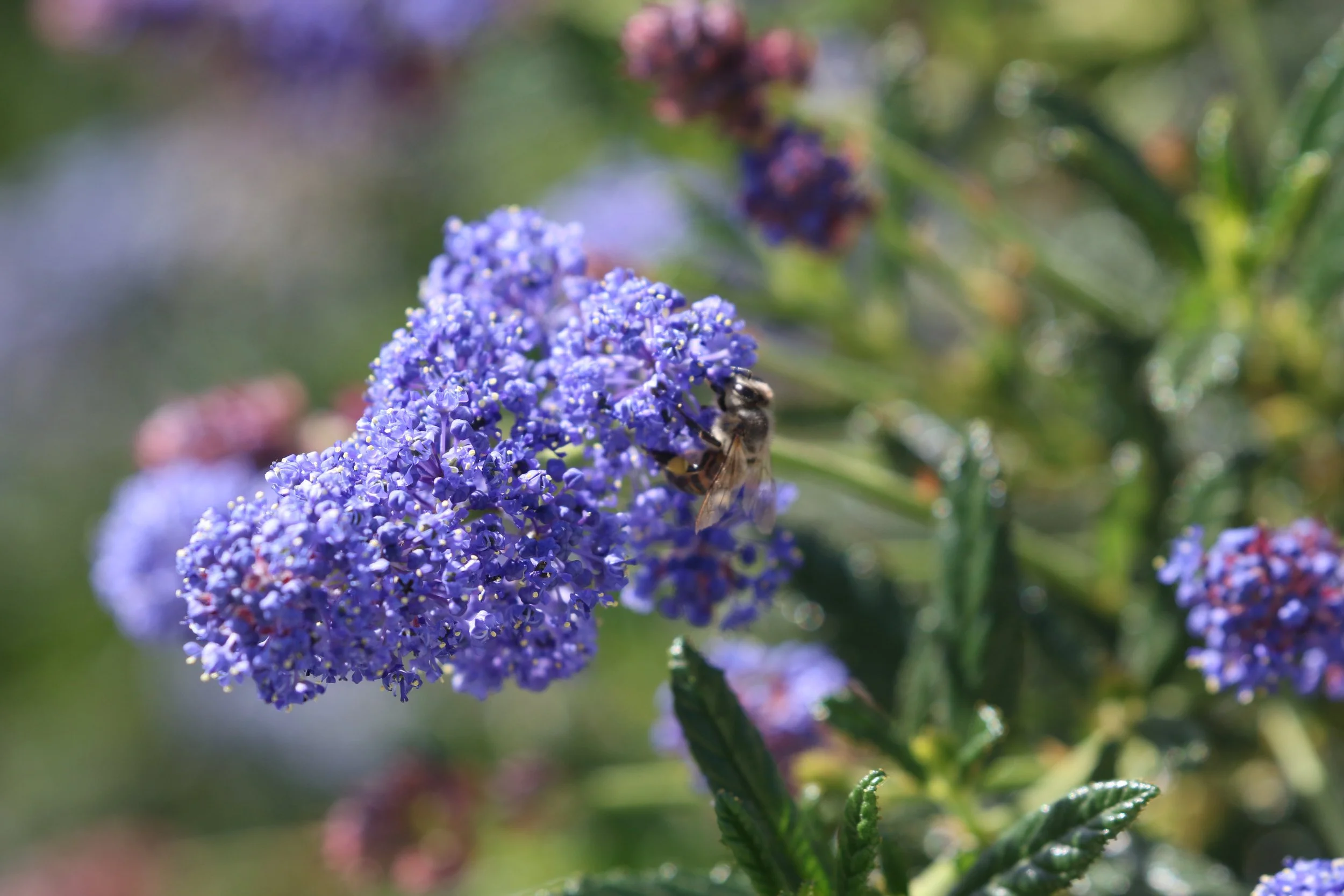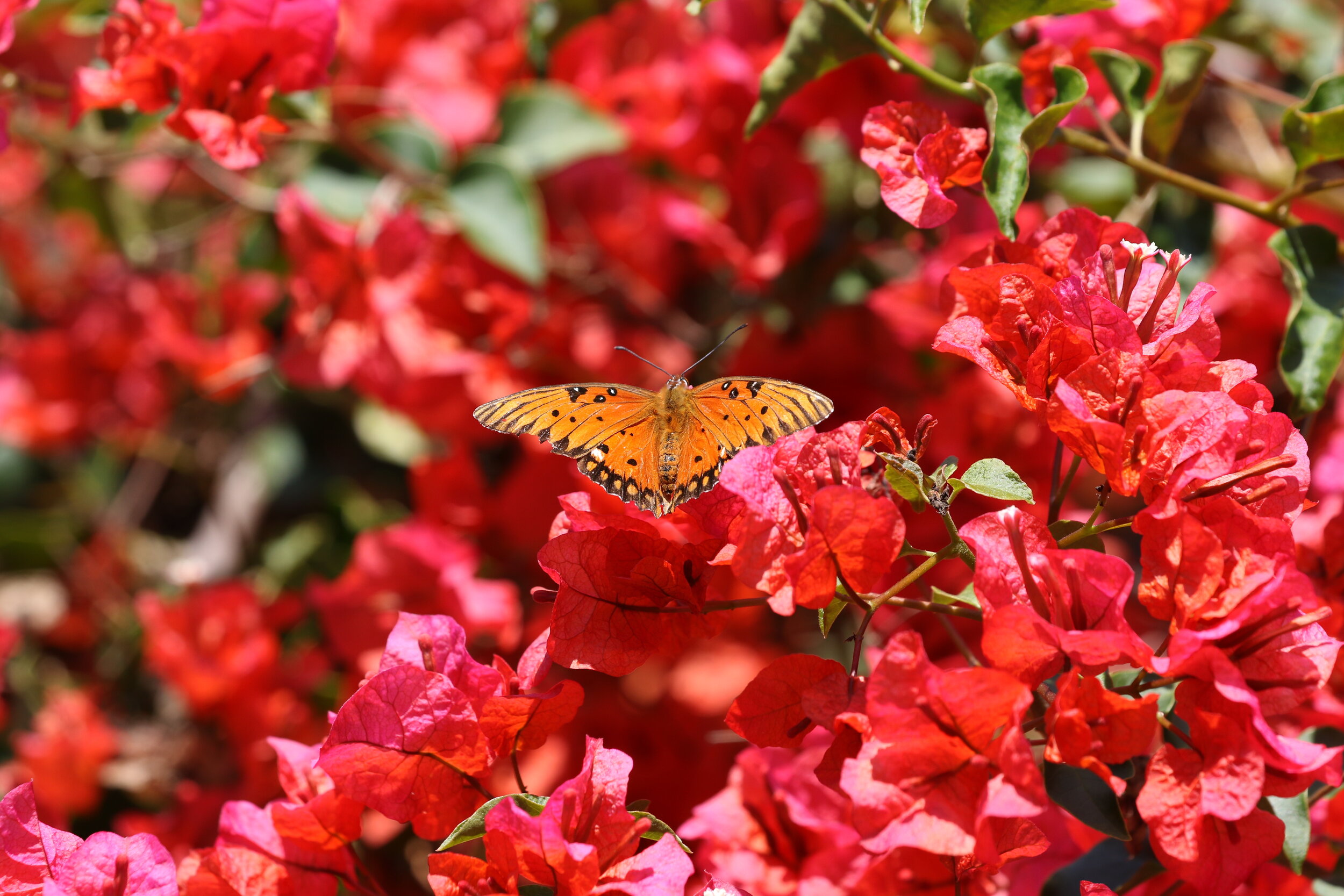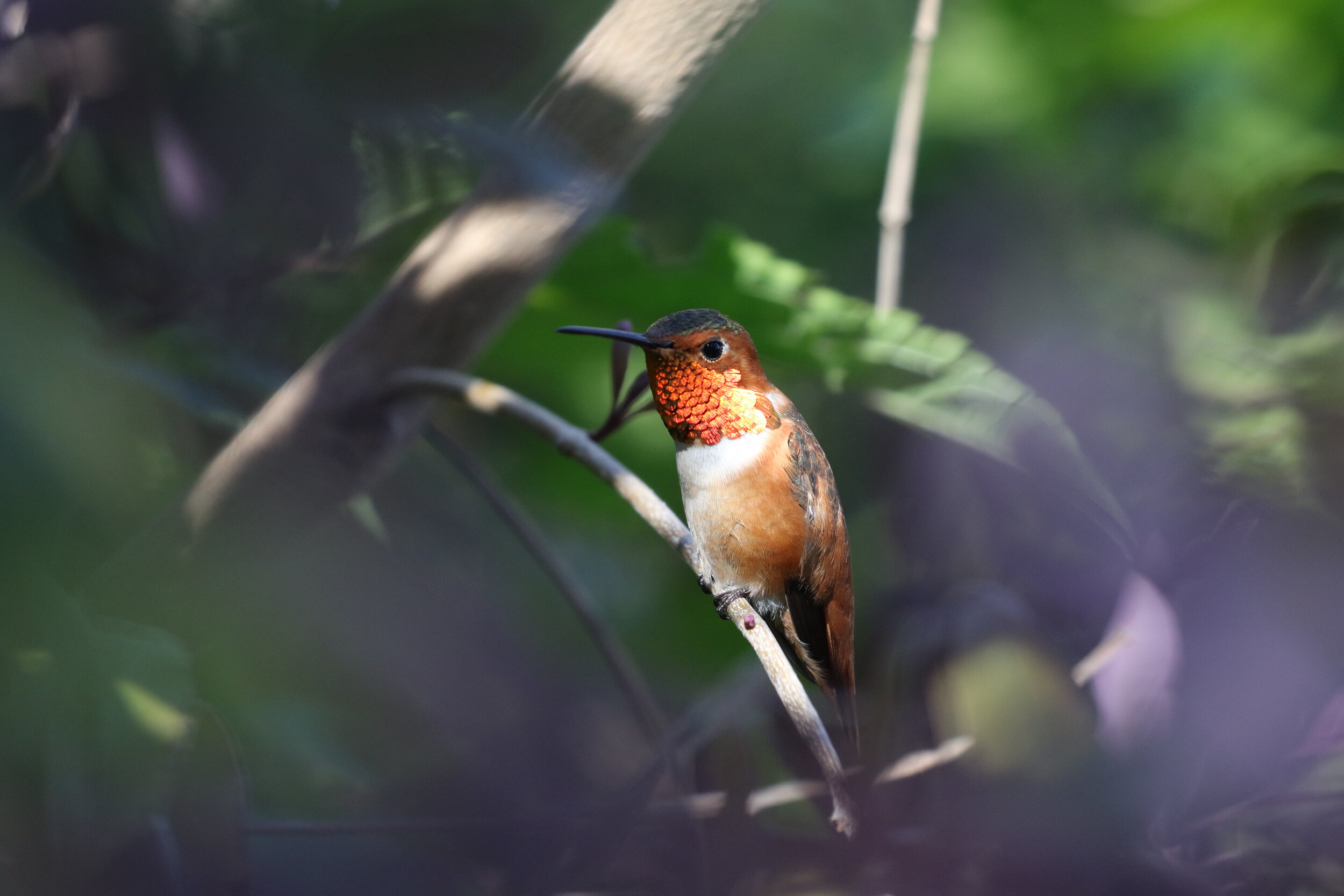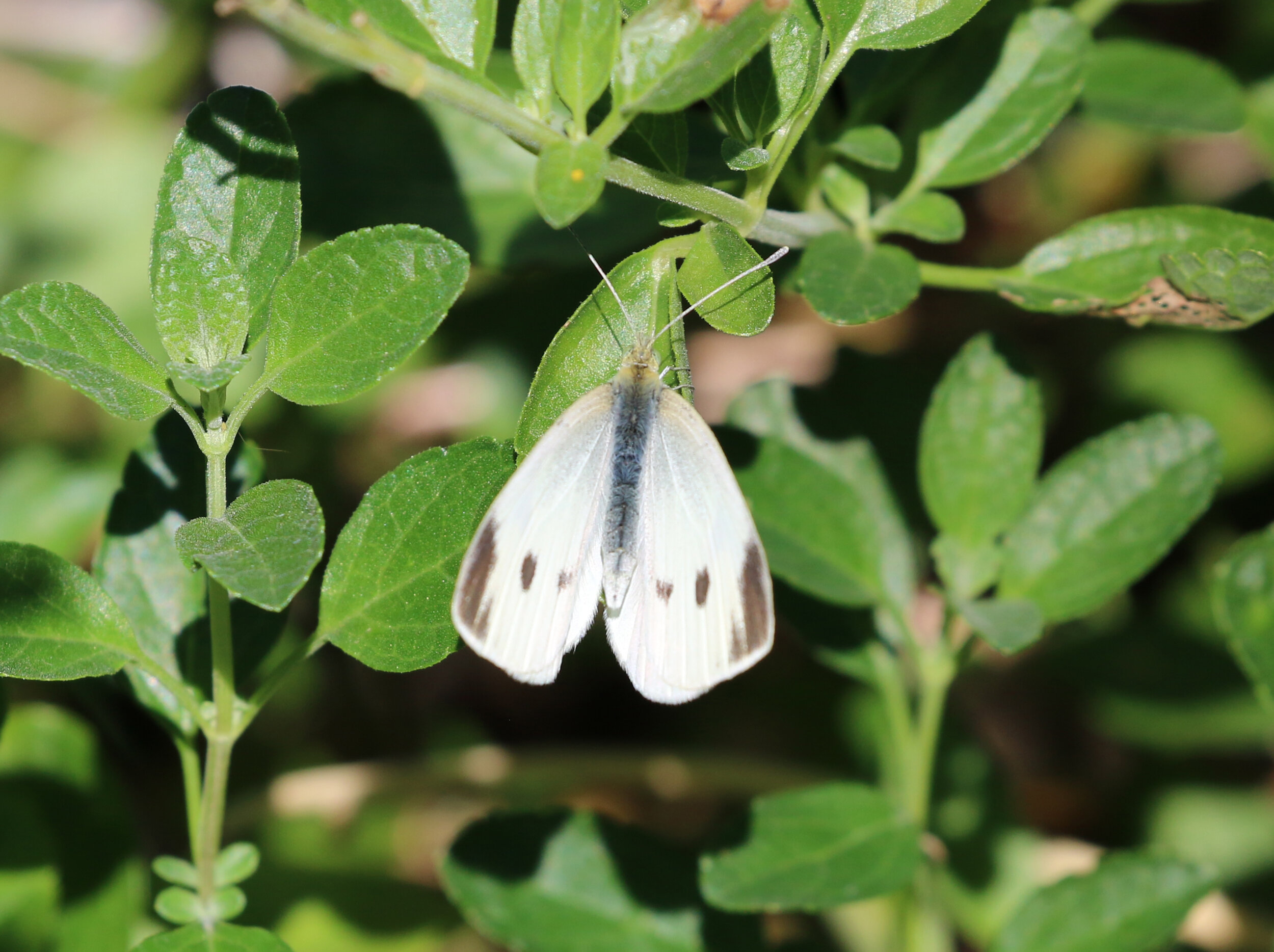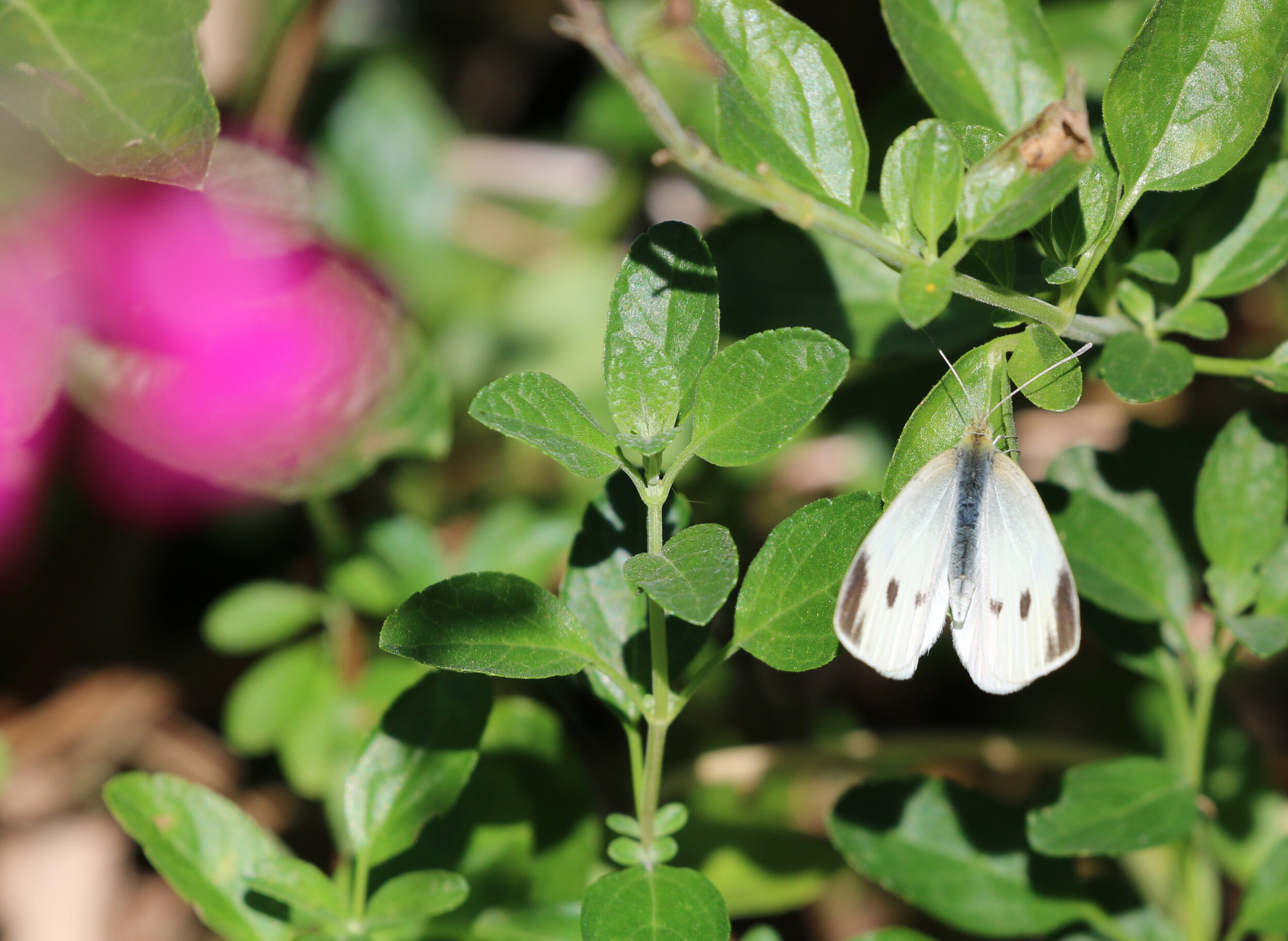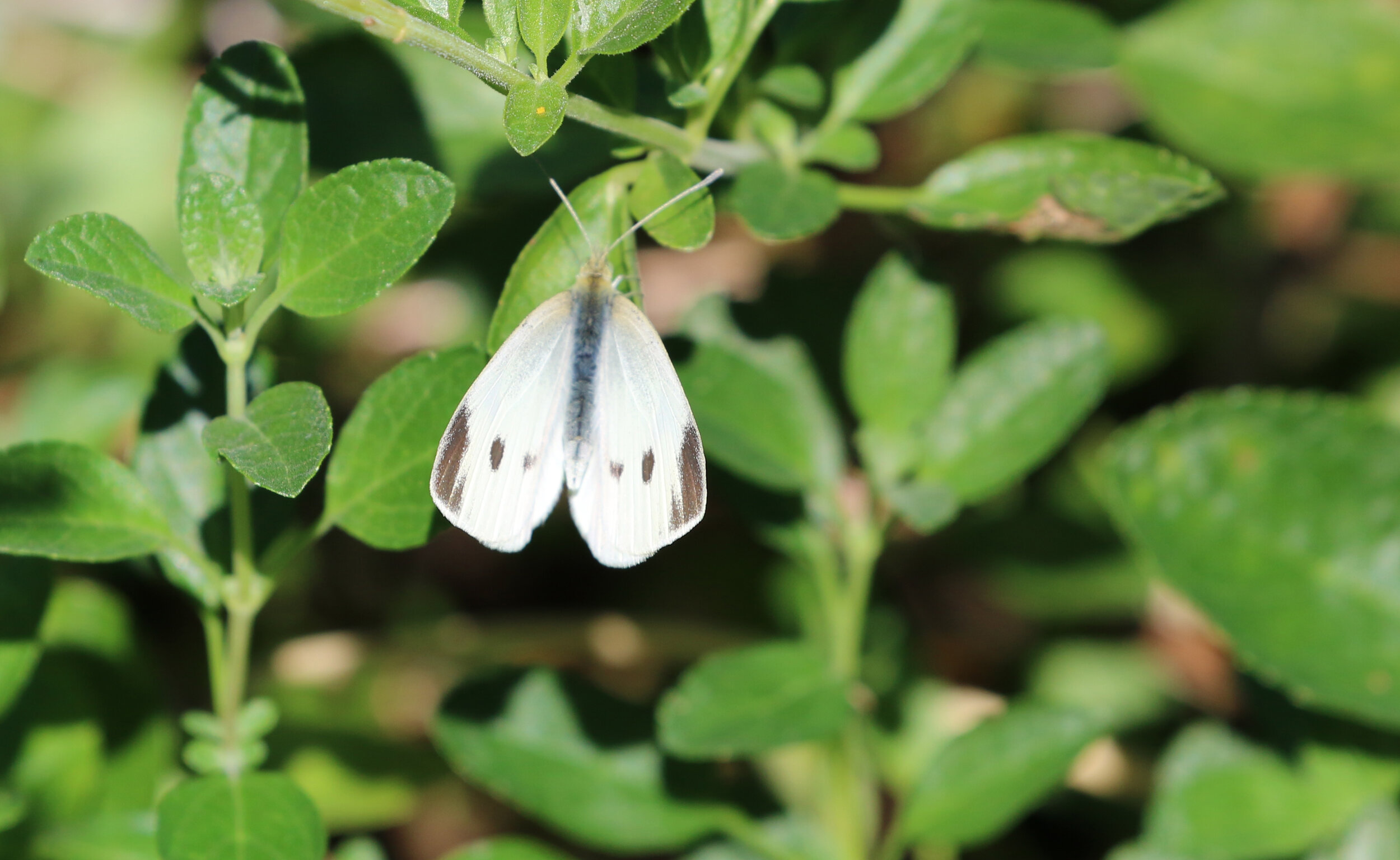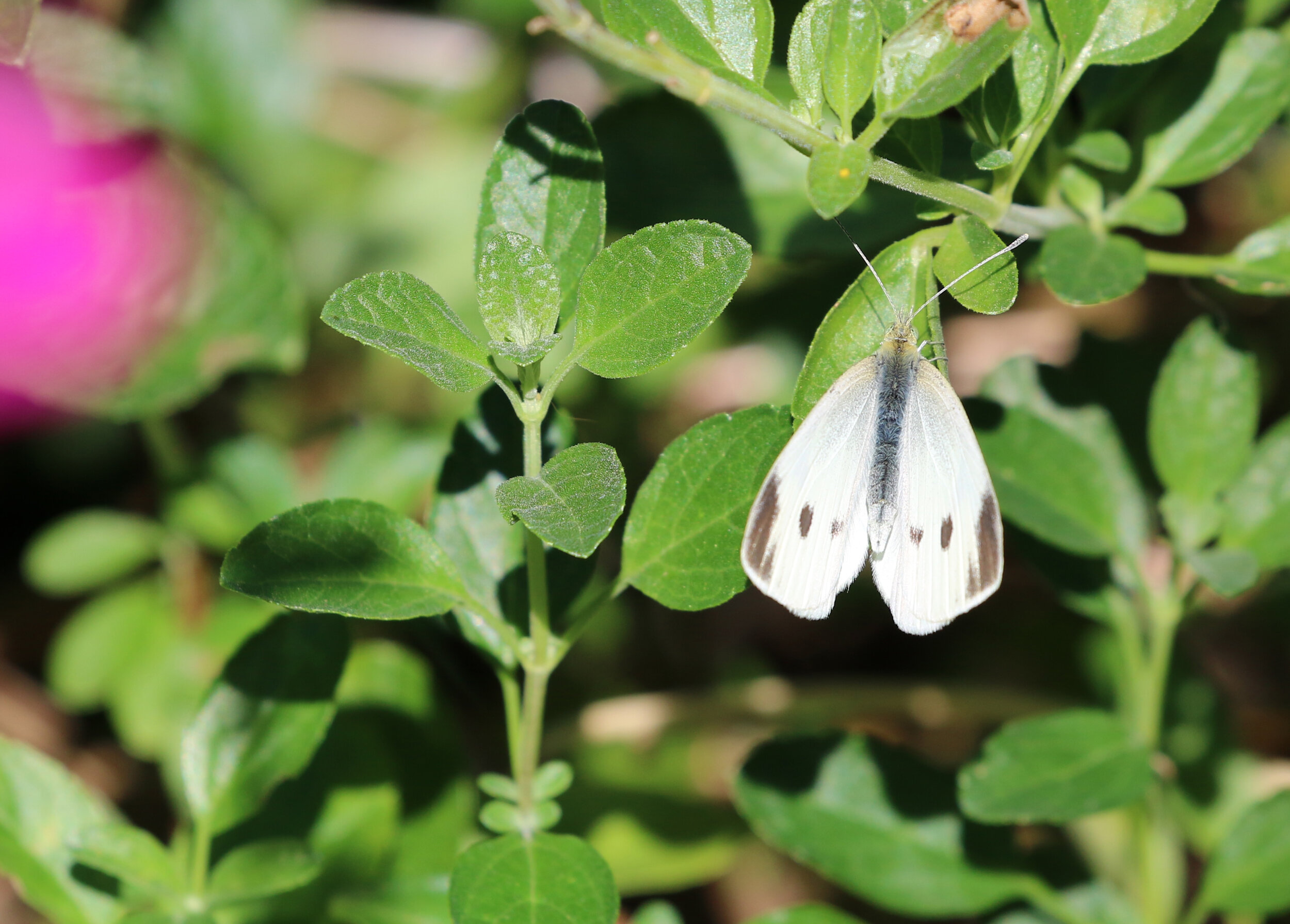Kale Tree Supports Sierra Club’s Campaign to Protect California’s Forests
Yucca, Pine trees, Cyprus trees, and grasses. Angeles National Forest, California.
California's forests are abundant with natural wonders to explore. According to the US Department of Agriculture, forest land makes up one-third of California's total land area. California's forests host millions of residents and visitors enjoying our state's natural beauty while participating in endless recreational and educational activities such as hiking, camping, and birdwatching.
Red-shouldered Hawk (Bueto lineatus) located in Three Rivers, Southern Sierra Nevada, California.
While spending time outdoors is a valuable experience that enriches our quality of life, California's lush forests also provide vital services to a healthy ecosystem, including plant and wildlife biodiversity, flood and erosion control, and climate regulation. In addition, a healthy forest contributes to healthy air quality and reduces the impacts of climate change by absorbing Carbon Dioxide from the atmosphere.
Three Rivers, Southern Sierra Nevada, California.
California's forests are also a source of reliable, clean drinking water for our state's communities. By supplying and regulating water through meadows and watersheds year-round, our forests provide 65 percent of the state's clean water. Consequently, in drought-prone California, our water supply is dependent on our forest's health and function.
The sunset sky in Three Rivers, Southern Sierra Nevada, California.
As our climate continues to change and wildfires become a more common occurrence in California, there are several challenges that we must face in maintaining the health of our state's forests. A significant threat to the health of California's forests is an extreme logging method known as "clearcutting." Clearcutting involves cutting down natural forests and pouring herbicides on the site to make room for human-made tree plantations. These tree plantations do not replicate the ecosystems of a healthy forest and therefore pose a danger to California's biodiversity, air purity, water supply, and climate regulation.
Wolf Lichens (Genus Letharia) located in the Sequoia National Forest, California.
The protection of California's forests is essential to our livelihoods. Unfortunately, more than 50,000 acres of Californian forest are cut down every year due to clearcutting. Sierra Club's "Stop Clearcutting CA" campaign is raising awareness of the dangers of clearcutting and its adverse impacts on California's ecological wellbeing.
Chaparral Yucca (Hesperoyucca whipplei) located in Southern Sierra Nevada, California.
As a naturalist and advocate for environmentally compassionate design, Kale Tree Founder Sarah Barnard LEED AP, and WELL AP, is inspired to support Sierra Club's "Stop Clearcutting CA" mission to protect California's environment. To raise awareness of the urgent need to protect our forests, Barnard will utilize her skills as an artist to contribute photography of flora, fauna, and funga found in California's forests. She will continue to document forests, bodies of water, and wildlife for Sierra Club's campaign throughout the year.
Sparse Pine and Cyprus trees in Angeles National Forest, California.
If you wish to help preserve California's natural forests and support the "Stop Clearcutting CA" campaign, you are invited to sign Sierra Club's petition to Governor Newsom to end clearcutting in California's forests. Visit Sierra Club's website and resource page for more ways you can help protect California's forests and join the group on Facebook, Instagram, and Twitter.
Dried Pine leaves (needles) located in Three Rivers, Southern Sierra Nevada, California.
Bibliography
Balloffet, N; Deal, R; Hines, Sarah; Larry, B; Smith, N. 2012. Ecosystem Services and Climate Change. U.S. Department of Agriculture, Forest Service, Climate Change Resource Center. www.fs.usda.gov/ccrc/topics/ecosystem-services
“Focus on Forestlands in California.” USDA Climate Hubs. www.climatehubs.usda.gov/hubs/california/topic/focus-forestlands-california.
“Nature's Benefits.” Angeles National Forest - about the Forest. www.fs.usda.gov/detail/angeles/about-forest/?cid=fseprd604146.
“Stop Clearcutting CA.” Sierra Club. https://www.sierraclub.org/grassroots-network/stop-clearcutting-ca.
Trail signage at the Red Box Picnic Area in the Angeles National Forest, site of the 2020 Bobcat Fire.
Happy World Bee Day!
The UN has designated May 20th as World Bee Day to celebrate bees and highlight their essential work in the function of our ecosystem. Through pollination, bees work together with many species such as butterflies and hummingbirds to create a livable environment for all, contributing massive efforts to biodiversity and food security. Unfortunately, despite their critical role in maintaining a habitable ecosystem, the bee population is rapidly declining due to unsustainable farm practices and rising temperatures. As a team of nature enthusiasts and bee lovers, Kale Tree celebrates World Bee Day by sharing our appreciation of this incredibly hardworking and diverse insect.
Bees are an extraordinarily diverse species-- There are 30,000 different species of bee across the world, approximately 4,000 species in the United States, and over 1,500 identified bee species just in California! As such, California is home to some of the most diverse bee populations in the country, which is reflected by the state's equally large and diverse plant population.
One of the many bees you can find in California is the Apis mellifera, commonly known as a Honey Bee. Aptly named, Honey Bees are the only bee species that make enough honey to harvest. Honey Bees are highly social and are identifiable by their thick bodies and yellow or brown striped abdomens. Male Honey Bees do not have stingers, although they are typically larger than their female friends. Although Honey Bees can be found in California, they are native to Europe and pollinate in areas worldwide.
Another bee commonly found in California is the gentle Xylocopa, also known as Carpenter Bees. Carpenter bees are shiny, large, and stout in appearance and have sparse hair covering their bodies. There are three different species of Carpenter bees in California, and they tend to nest in soft, decaying woods. Carpenter bees have small mouths and typically visit larger flowers as they are easier to derive nectar.
The ever-fuzzy, stout, and large Bombus, or Bumble Bee has black hair covering their bodies with yellow, white, or red bands. There have been 27 different Bumble Bees recorded in California, and the Bombus californicus or California Bumble Bee is native to the state. Bumble Bees tend to nest underground, but some species are known to nest in abandoned bird nests or birdhouses. Bumble Bees pollinate from a broad range of plants and food sources, including avocados, cherries, and blackberries. Bumble Bees are unique in their ability to engage in "buzz pollination," in which they vibrate at a frequency required for pollen to release from plants such as tomatoes, eggplants, and peppers.
Many people think of bees as pests and take measures to deter them from gardens and outdoor activities to avoid being stung. However, bees are generally non-aggressive and can be easily identified by their compact, hairy bodies to distinguish against common stinging insects, such as wasps, who have long bodies with little to no hair. While there are thousands of bee species on Earth, many are identifiable through their branch-like hair, two pairs of wings, and "well-developed antennae."
We can support bees and their pollination efforts by creating gardens that are attractive to many species of bees. With the right plants and a little research, your garden can attract up to fifty different bee species. Flowering California native plants can be beautiful additions to your garden while helping to support bees.
At Kale Tree, we celebrate bees every day through our nature-inspired, eco-friendly home decor.
Bibliography
Frankie, Gordon W., et al. California Bees and Gardens. Heyday, 2014.
Jadallah, Christopher, et al. Common Bees in California Gardens. University of California Agriculture and Natural Resources, 2015.
“World Bee Day.” United Nations, United Nations, 2022, https://www.un.org/en/observances/bee-day.
Crazy Plant Ladies: Radical Naturalists and Environmental Preservation
As a team comprised of plant collectors and nature lovers, many in the Kale Tree studio are no stranger to the phrase "crazy plant lady." Crazy plant lady has been re-contextualized among plant enthusiasts to describe some of the most influential and admirable environmentalists, naturalists, and plant lovers. Many adopt the term as a point of pride. In the design field, "crazy plant ladies" have paved the way for advances in sustainability with far-reaching effects, including an influence on biophilic and eco-friendly interior design practices. To celebrate a few of these historic figures, we hope to share some information and appreciation for a few notable women.
Diana Beresford-Kroeger
Diana Beresford-Kroger is a medical biochemist, botanist, and author, who uses her range of knowledge to educate and promote environmental preservation. Beresford-Kroeger has advocated for and educated around the medicinal benefits of trees and plant life, sharing information on the benefits and effects of various vegetation for health. To fight climate change, she developed a "bioplan" with tree planting at its foundation, aiming for everyone on earth to plant six native trees over six years in their communities.
Her home arboretum boasts a vast collection of various hardy and rare tree specimens. She is known for freely gifting seeds and saplings to help spread and replant these trees, many of which were used for a range of benefits by indigenous communities before being demolished through colonization.
Some of the more unique theories from her work have foundations in the Celtic belief system she was raised with, and many of the medicinal benefits of plants she has studied are rooted in Celtic traditions, which may also contribute to her profound respect and appreciation for trees. One of her more intriguing beliefs, while disputed, is that the healing benefits of trees are released through their aerosols, offering curative properties when inhaled. Beresford-Kroger often touts the healing benefits of time spent in forests, which she in part attributes to these aerosols. While some desire more support for these claims, many of the benefits of time among trees are widely documented. Her all-encompassing perspective, and impressive scientific research, have made her a widely celebrated figure, offering an expansive view of the power of nature.
Lorrie Otto
Lorrie Otto was an environmentalist, speaker, and author. She advocated against the use of pesticides after being alarmed by dead birds near her Milwaukee home, which paved the way for the nationwide ban on DDTA.
Otto was a proponent of natural landscaping and biodiversity, speaking against the water waste of lawns and encouraging people to transform their yard spaces that conserve wildlife and their natural habitats.
Her messaging inspired the organization "Wild Ones," a group that promotes sustainable and environmentally friendly landscaping. Nine people founded the group after they attended one of Otto's lectures. As a result, natural landscaping has seen a progressive increase in popularity, making its way to the rule and not the exception in many personal garden spaces. The widespread normalcy and embrace of natural landscaping and its far-reaching positive effects on the environment may often be attributed to Otto's advocacy efforts.
Beatrix Farrand
Beatrix Farrand was a founding member of the American Society of Landscape architects and the only woman in the original group. In addition to being the first female landscape architect in America, her renowned landscapes appeared in private residences, the White House, and a range of parks, botanic gardens, and campuses.
She advocated for the importance of nature to improve personal well-fare and spoke about the value of public garden spaces. Her work was known for considering the relationship between natural and built spaces, using landscaping techniques to improve aesthetics in architecture. In addition, she was known for her engineering ability, creating intricately designed gardens and often focused on native plantings. Farrand's visionary approach and widely celebrated landscapes helped pave the way for many women in the field.
While countless women have contributed to environmental preservation through their love of nature, these are a few who greatly inspire our studio. Their innovative approach to preserving, celebrating, and sharing nature encourages out-of-the-box thinking and emphasizes the importance of education. A common understanding between these and most "crazy plant ladies" is that we are participating members of our natural environments. Nature is something to be shared, cherished, and preserved. We hope to carry these themes in our studio and share our passion for nature throughout our designs.
NATIONAL POLLINATOR WEEK
National Pollinator Week is an exciting new celebration of pollinators and their critical contribution to healthy ecosystems and food crops.
Proclaimed officially yesterday (June 21st, 2021) by the Secretary of the Interior, Pollinator week is an opportunity to encourage “…communities across the country to support the health of pollinators in North America….[and] to restore balance to nature”.
National Pollinator Week is an exciting new celebration of pollinators and their critical contribution to healthy ecosystems and food crops.
Proclaimed officially yesterday by the Secretary of the Interior, Pollinator week is an opportunity to encourage “…communities across the country to support the health of pollinators in North America….[and] to restore balance to nature”.
Bees, butterflies, moths, hummingbirds are all critical pollinators in California and beyond. Fascinatingly there are more varieties of hummingbirds on the west coast than on the east coast. The US Forest service explains that “in the eastern United States, there is only one kind of hummingbird, the ruby-throated hummingbird. In the southwestern states, birdwatchers can find a dozen species of hummingbirds”.
Despite their beauty and wonder, pollinators are in danger! The National Wildlife Federation offers 10 ways to help save pollinators. These suggestions include growing native plants, providing shelter (housing) for bees who don't make hives (there are a surprising amount of them!), and avoiding pesticides.
To celebrate our local pollinators, Sarah has shared some of her favorite photos of pollinators visiting her garden.
A female Carpenter bee enjoys the Senna in bloom.
A bee collects pollen from a wildflower.
Bees visit Pride of Madeira in Sarah’s garden.
Founded by WELL- and LEED-accredited interior designer Sarah Barnard, Kale Tree collaborates with artists and artisans.
Based in Southern California, our studio gathers inspiration from the mountains, ocean and desert wildlife that surrounds us.
Through Kale Tree, Sarah works with a collective of like-minded artists, designers and artisans from diverse backgrounds and perspectives unified by the same commitment: To create healthful, ethically produced goods inspired by the intersection of art, design, and nature.
Kale Tree celebrates weaving, painting, illustration, sculpture, and textile design. All goods are made with love to bring beauty and inspire joy.





